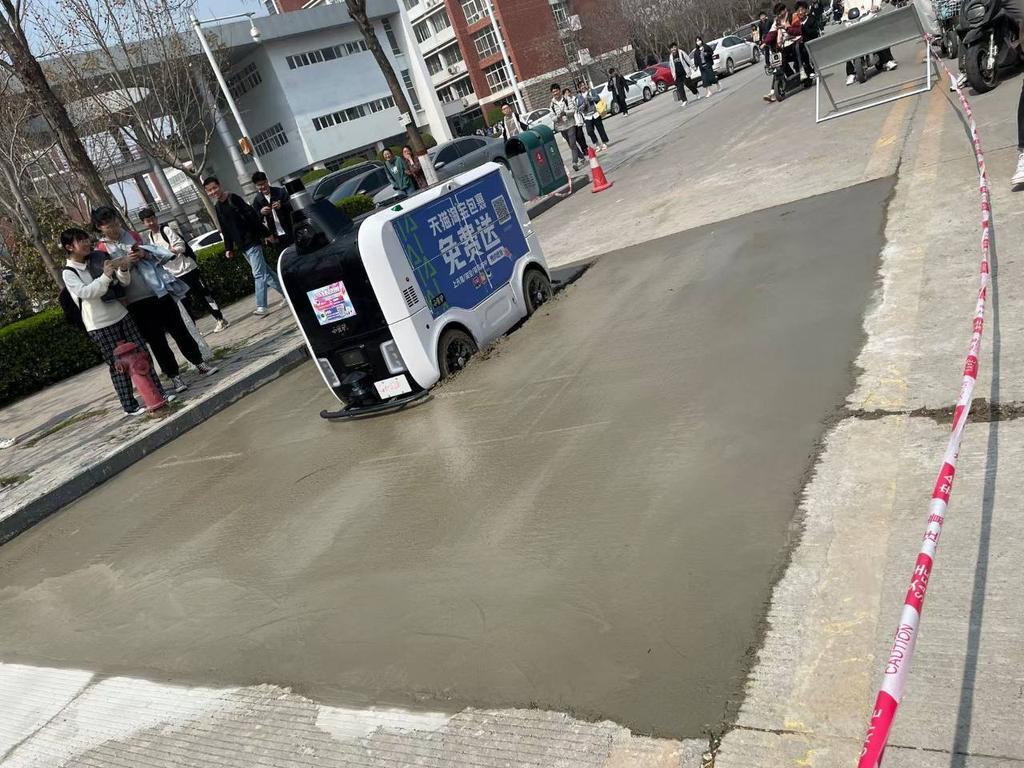It is hard to anticipate the real world. I’m sure the wet concrete on the road in Japan looked just like solid ground to the delivery robot. Consequently, it happily trundled into the urban swamp and got stuck. The story does not report whether the delivery company managed to get their robot out before the concrete hardened…
This is why you need careful monitoring of all the fully automated systems you are deploying. The first line of defense is automated metrics and their normal interval. For a delivery robot, the distance covered over a minute should be greater than zero and less than 270 (if you have limited the robot to e.g. 10 mph). The second line of defense consists of humans who will evaluate the alarms and take appropriate action. The third line of defense are developers who will fix the software and the alarms.
Too many automated systems are simply unleashed and depend on customers to detect that something is wrong and complain. You want to figure out you have a problem before the image of your robot encased in concrete starts trending on Twitter.


